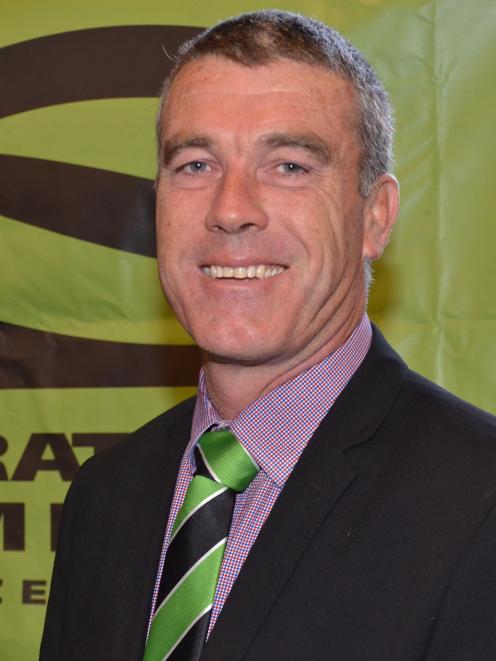
Crossbred wool prices have slumped 40% since the 1990s. Latest auction results showed an all time market low, prices sitting at around $1.90-$2.10 per kg for full length, "really good" clean pre-lamb shorn fleece compared to about $3.20/kg this time last year.
While Covid-19 had caused significantly less product demand, there were still positives to look for, PGG Wrightson South Canterbury wool representative Ange Armstrong said.
"I believe over the next two years we will see a lot of our wool sold in our own country — it is just a shame it has taken a pandemic to turn it around," she said.
"It cannot be looked at as all doom and gloom. We will see New Zealanders use more of their own product in their own country."


Ms Armstrong believed carpet company Cavalier’s announcement to exit the synthetic carpet market last month was huge for the industry.
Former Federated Farmers meat and wool industry chairman and South Canterbury sheep and cropping farmer Miles Anderson agreed.
"Hopefully they attempt to closely align themselves with farmers who provide well grown, prepared wool backed up by good practices," he said.
Cavalier announced it would sell down remaining synthetic fibre stock in a 12-month transition away from the manufacture and supply of synthetic carpets.
Mr Anderson, who runs 1800 ewes and 500 ewe hoggets on a 220ha farm 15km inland of St Andrews, said he had not given up hope on the industry just yet.
The market had been ailing for a number of years but the textile industry had taken a hit during the pandemic too.
Fine wool farmers had also been affected with a drop in prices.
There remained potential for a good industry and it was important that people worked quickly and collaboratively to tell a decent wool story, he said.
"At the end of the day, if farmers do not get money for their raw material they will have a smaller volume of wool to deal with. This makes me fear for the future of the sheep industry too."
He hoped an immediate "educational" result would come out of the Wool Industry Project Action Group’s report released by Agriculture Minister Damien O’Connor, with concrete measures to improve a long-term outlook.
"Work has to go on around reintroducing consumers to the product. If the consumer does not know these products are available or what wool is, how do we expect them to ask for it?"
Consumers were unaware of where their wool came from and synthetic competitors had done a better job at marketing a product, he said.
"Hope springs eternal but the remaining potential for a great future relies on people."
New Zealand Wool Classers Association executive officer and classer Bruce Abbott described the market as "looking sick".
The public and Government must support wool by putting wool carpet down in everything they were involved in and using wool insulation, he said.
The NZWCA was a continued driving force behind a two-year distance learning certificate in wool technology at the Southern Institute of Technology, aimed to replace "a lot of the older people in the industry".
"The wool industry is in need of new brains and we actively try to help make that happen."
Ninety students from a variety of wool industry backgrounds had taken part in the course over the past three years.













